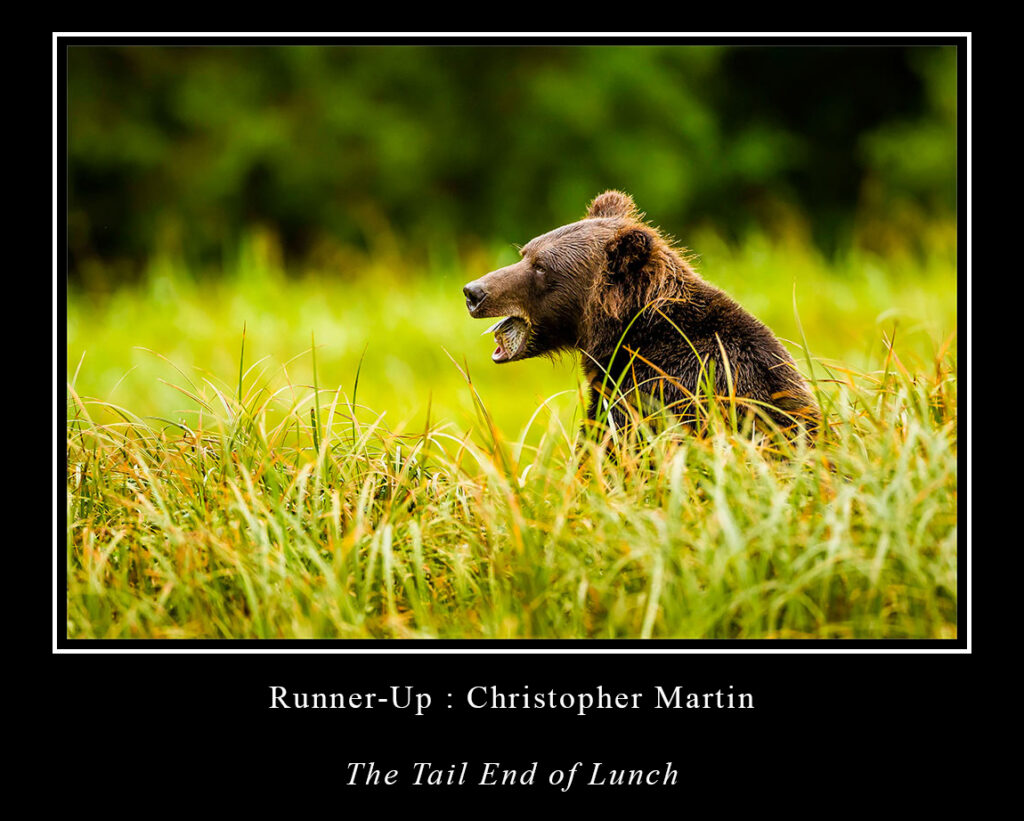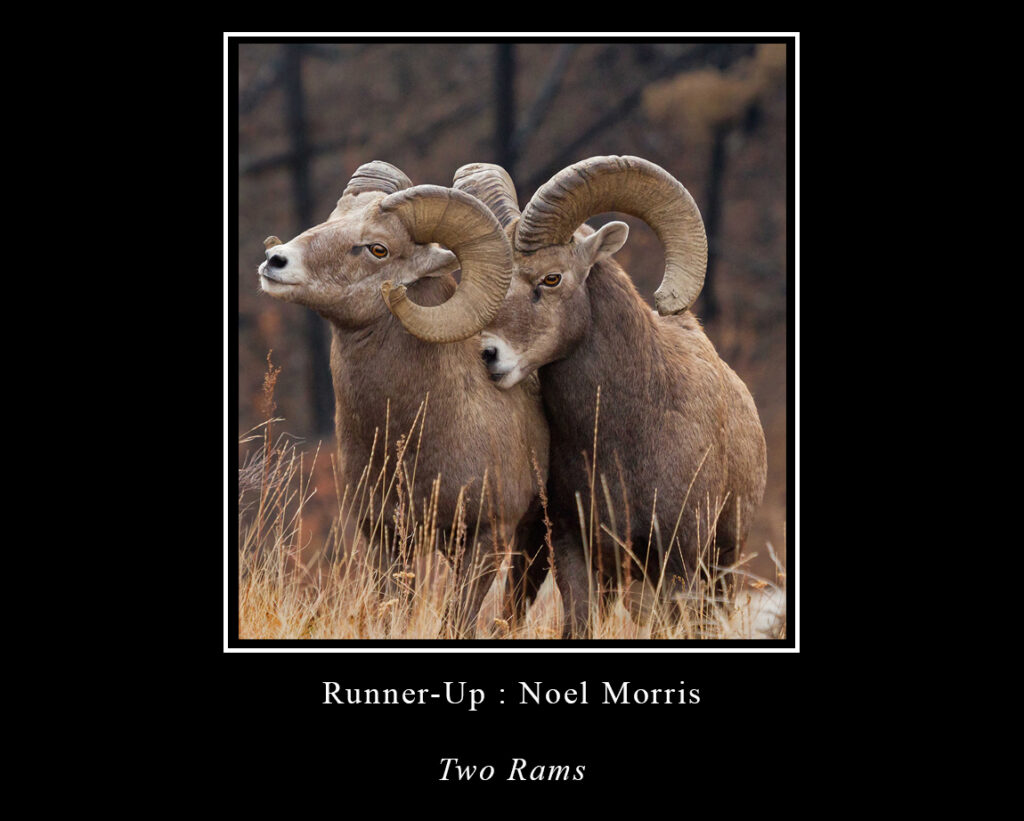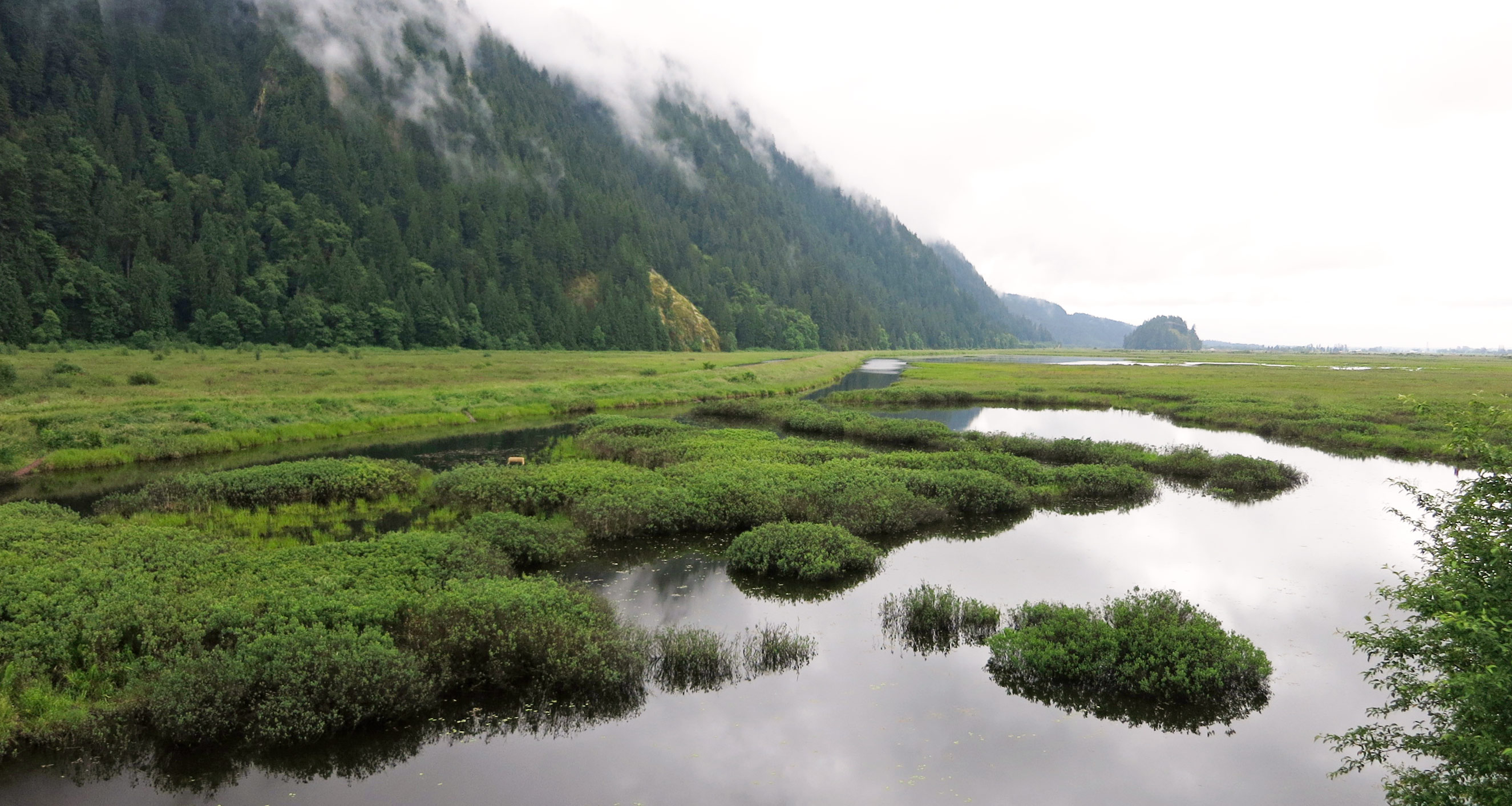The Photo Contest it now closed.
Thank you to all those who entered!
The results are in for the 2025 BC Nature HCTF Photo Contest!
The nearly 400 entries truly showcase B.C.’s incredible beauty and biodiversity. Congratulations to all the winners and runners-up, and thank you to everyone who entered.
Category: Conservation Lands
In honour of Karen Wipond, a lifelong champion for conservation and longtime lead of the Province of BC’s Conservation Lands Program. See some of Karen’s landscape photography here, and read more about Karen below.
Winner – Close Encounter, G. Drozda
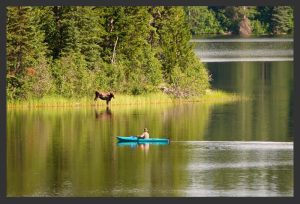
Runners-Up
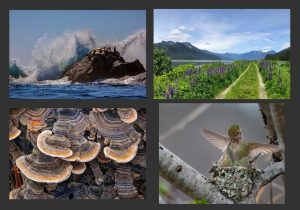
Top to bottom, L-R: Stellar Sea Lions, S. Rasmussen; Lupine in Bloom, J. McIntosh; Turkey Tail Fungus, S. Rasmussen; Hummingbird Feeding Young, L. Lefurgey-Smith
Category: BC Biodiversity
Winner – Dunlin Landing, Rasmussen
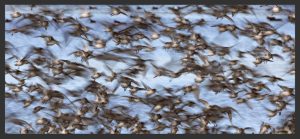
Runners-up

Top to bottom, L-R: Kootenay Lake Dreamy Reflection, C. Shoop; Common Loon and Loonlet, M. Alves; Porteau Cove Gulls at Sunset, S. Moxness; Sea Level Saxe Point, R. Steward; Coyote at West Dike, N. Tan; Coopers Hawk at Sunset, R. Erdman
Category: People in Nature
Winner – Hike Along the Iron Mine Trail, T. Muth
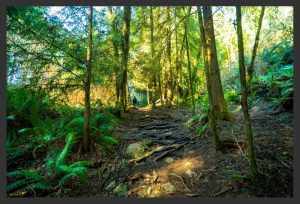
Runners-Up
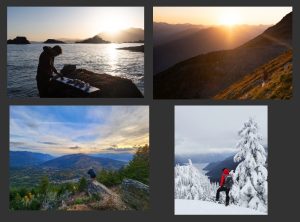
Top to bottom, L-R: Successful Fishing Trip, S. Berger; Sunset at Mount Currie, N. Klarova; Above Arrow Creek, C. Shoop; Snowshoeing in Cypress, T. Goebertus
Category: Youth Photographer
Winner – Steller’s Jay, R. Liu
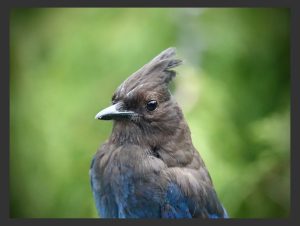
Runners-Up
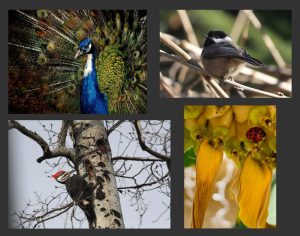
Top to bottom, L-R: Peacock, K. Pereira; Black-capped Chickadee, J. Matheny; Pileated Woodpecker, K. Scrochenski; Sunflower with Ladybug, E. Valentino
In Memory of Karen Wipond
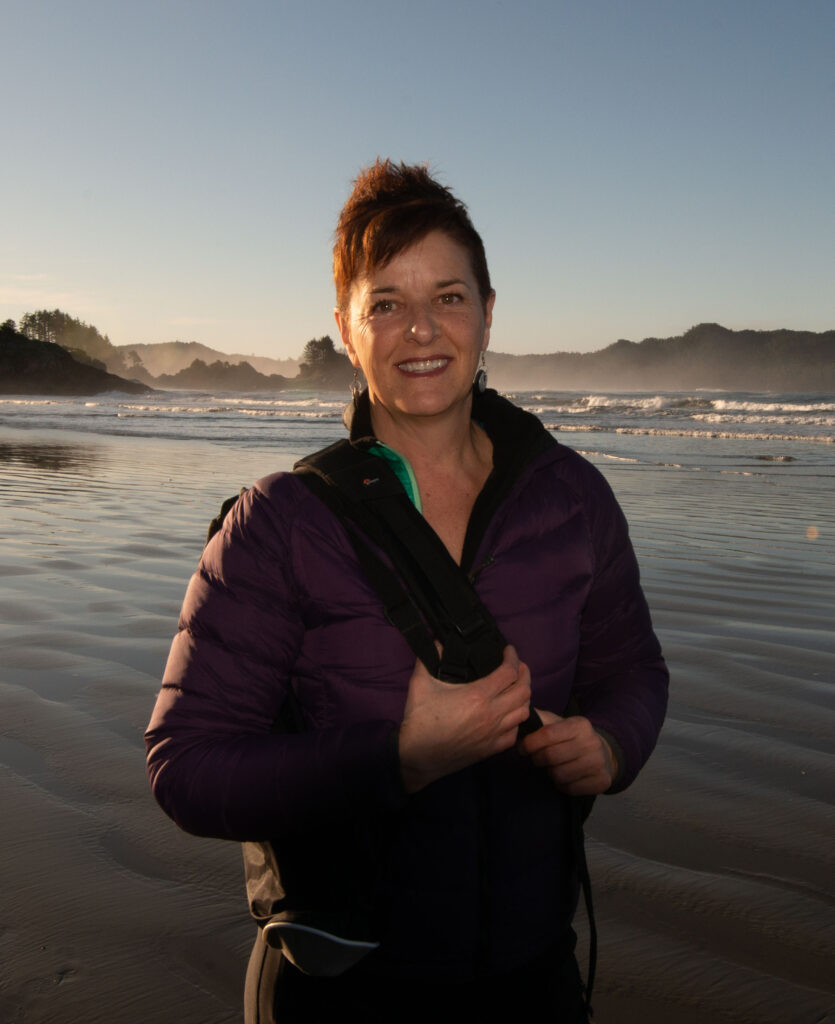 A Conservation Lands category of the HCTF photo contest has been dedicated in honour of Karen Wipond.
A Conservation Lands category of the HCTF photo contest has been dedicated in honour of Karen Wipond.
Karen was a lifelong champion for conservation and, for many years, the lead for the Province of British Columbia’s Conservation Lands Program. While working tirelessly to protect these special places, Karen was also an avid and gifted photographer, taking many stunning pictures of conservation lands across British Columbia. As part of her work, she developed strong relationships with non-profit partners such as The Nature Trust of BC, Ducks Unlimited Canada and Habitat Conservation Trust Foundation because she believed partnerships generated far better outcomes for conservation than any single entity could achieve alone. Passionate, articulate, stylish, and hilarious, Karen passed away from cancer in 2020. She is missed but not forgotten by her family, friends, peers and colleagues.
To view some of Karen’s landscape photography see here.
Header Image: Pitt-Addington Marsh Wildlife Management Area
- 2023 Winners
In 2023 the HCTF Photo Contest returned to three categories: Fish & Wildlife, Landscape, and Conservation Lands.
Category: Karen Wipond Award (Conservation Lands)
Photographs for the Conservation Lands (Karen Wipond Award) category must have been taken within the boundaries of a provincially administered Conservation Lands area in the province of British Columbia (see map below). While we encourage photographers and all nature-minded individuals to explore BC’s Conservation Lands we recommend that you research the Conservation Land you intend to visit beforehand, obey all safety requirements, public access best practices, and ethical guidelines when taking pictures of wildlife (for recommended ethical wildlife photography see the Audubon Society’s Guide). Conservation Lands are protected and managed for the purposes of conserving important habitat and ecosystem functions, and it is important that visitors do their part to maintain these sites for generations to come.


Category: Wildlife or Freshwater Fish
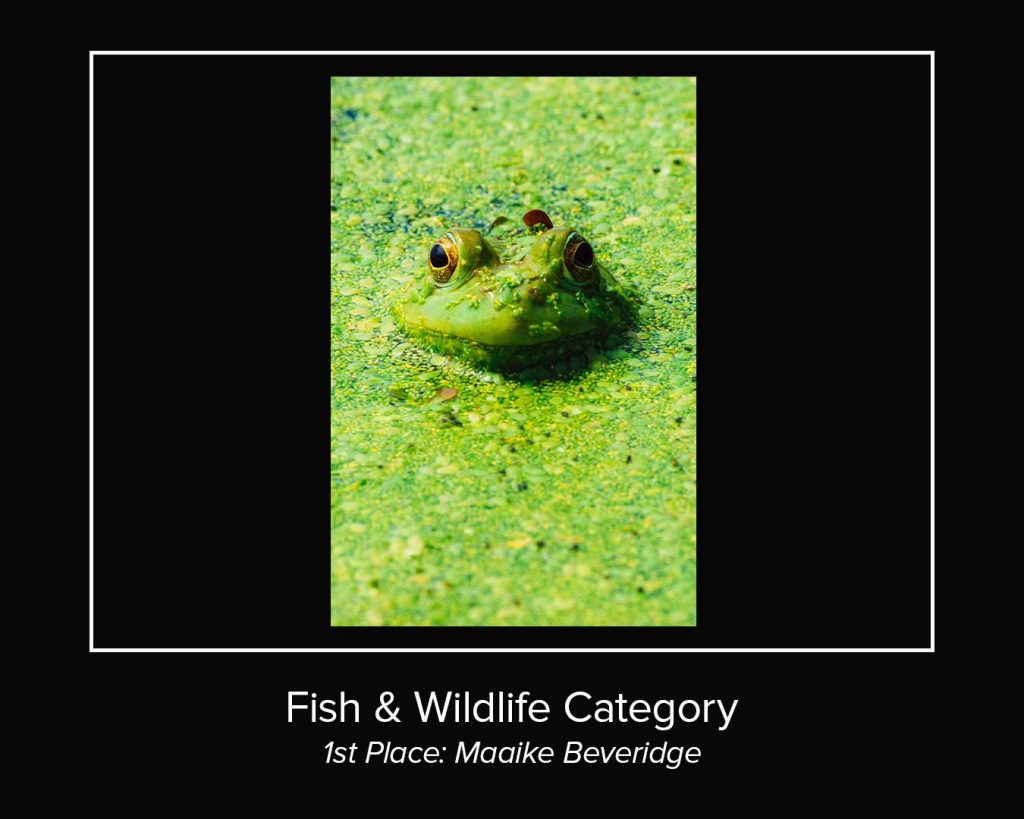
This captivating photo highlights an important cause: invasive species awareness. While a seemingly cute creature, this green frog is not native to the location where it was spotted on Vancouver Island. For more info on invasive species of BC, visit bcinvasives.ca. Report sightings of invasive species via the Report Invasive Species app or online at gov.bc.ca/industry/report-an-invasive-species.
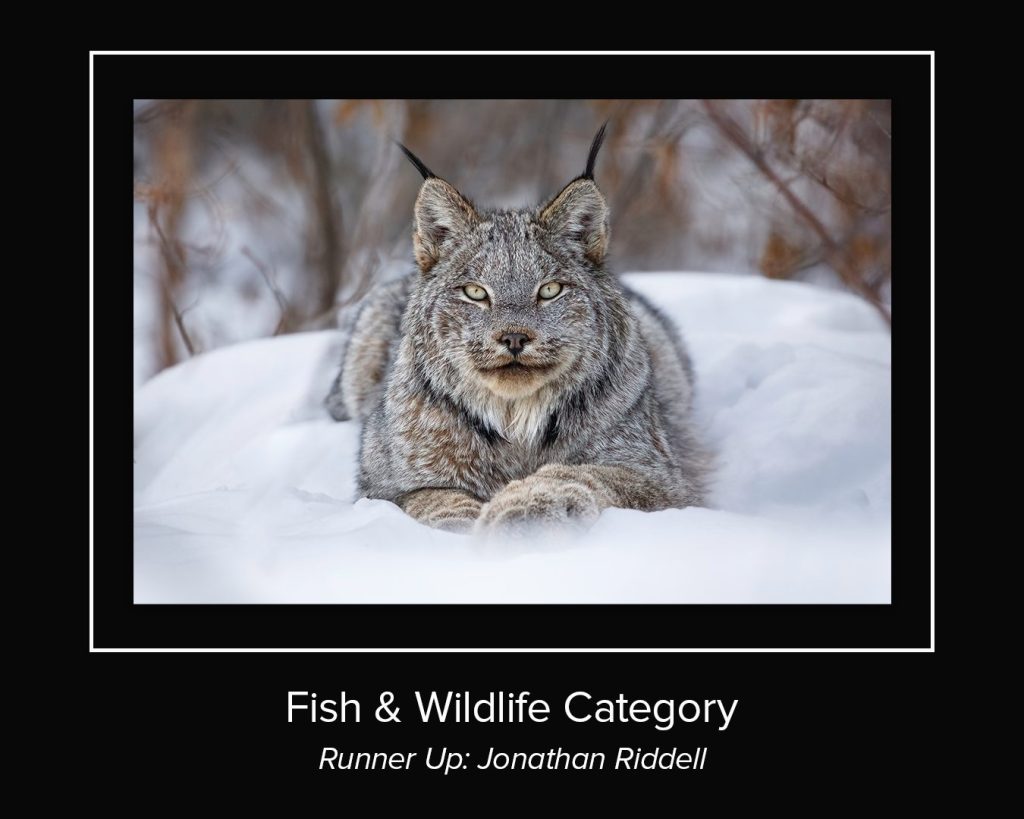
Category: Landscape
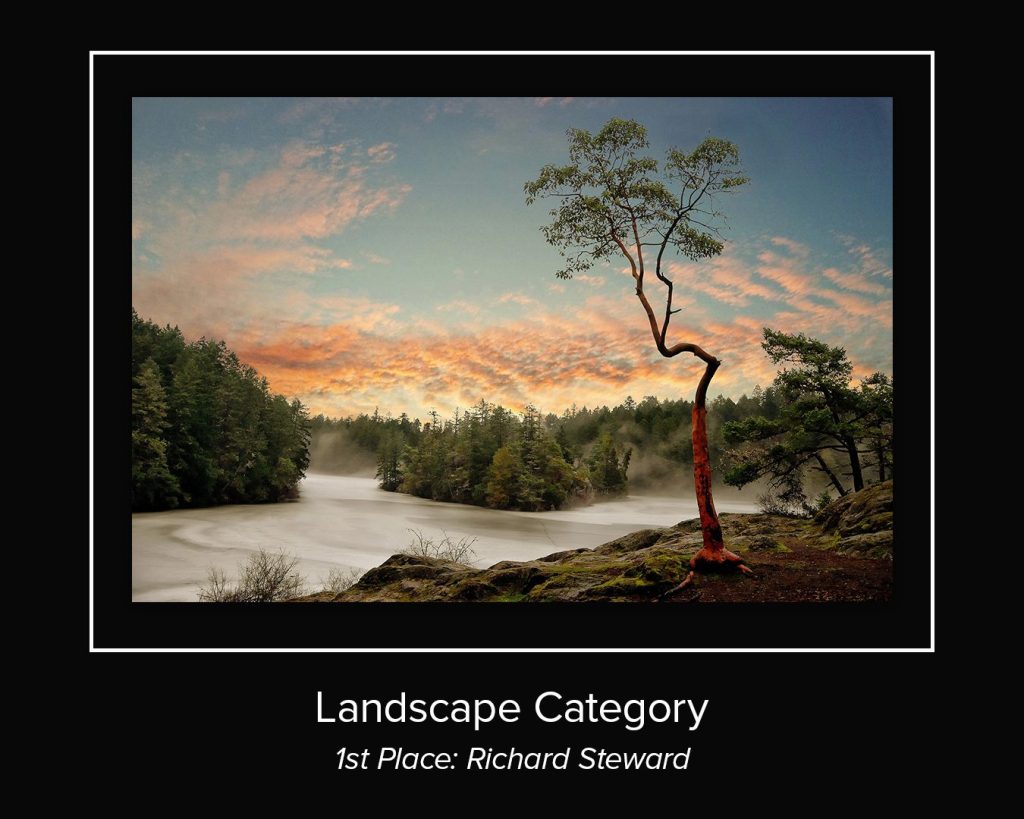
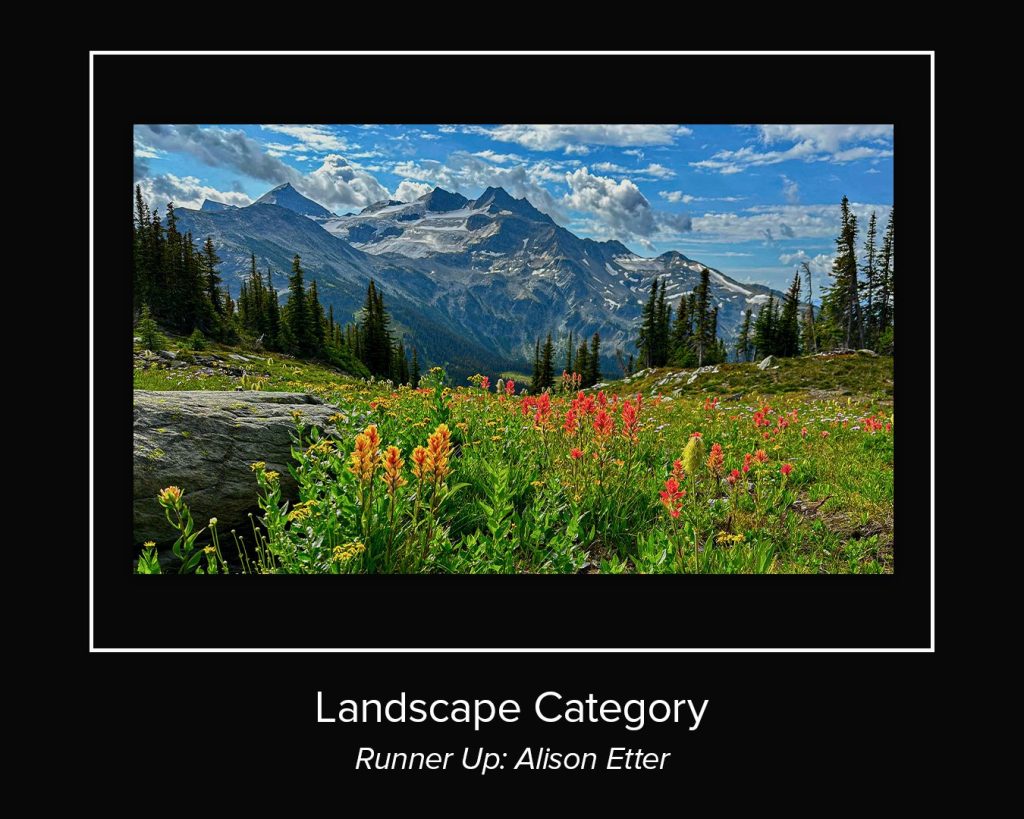
- 2022 Winners
Conservation Lands
The winning photographs were taken within the boundaries of provincially administered Conservation Lands in the province of British Columbia.
The primary purpose of conservation lands is to conserve and manage important habitat for the benefit of regionally or internationally significant fish and wildlife species. This includes habitat that is vital for:
- Sensitive, vulnerable, or at-risk species.
- Critical species life-cycle phases such as spawning, rearing, nesting, or winter feeding.
- Species migration routes or other movement corridors.
- Supporting unusually high species productivity or diversity.
Conservation lands often concurrently provide for a range of opportunities for public access, including day hiking, hunting and fishing, wildlife viewing, scientific research and education, and traditional activities of First Nations.
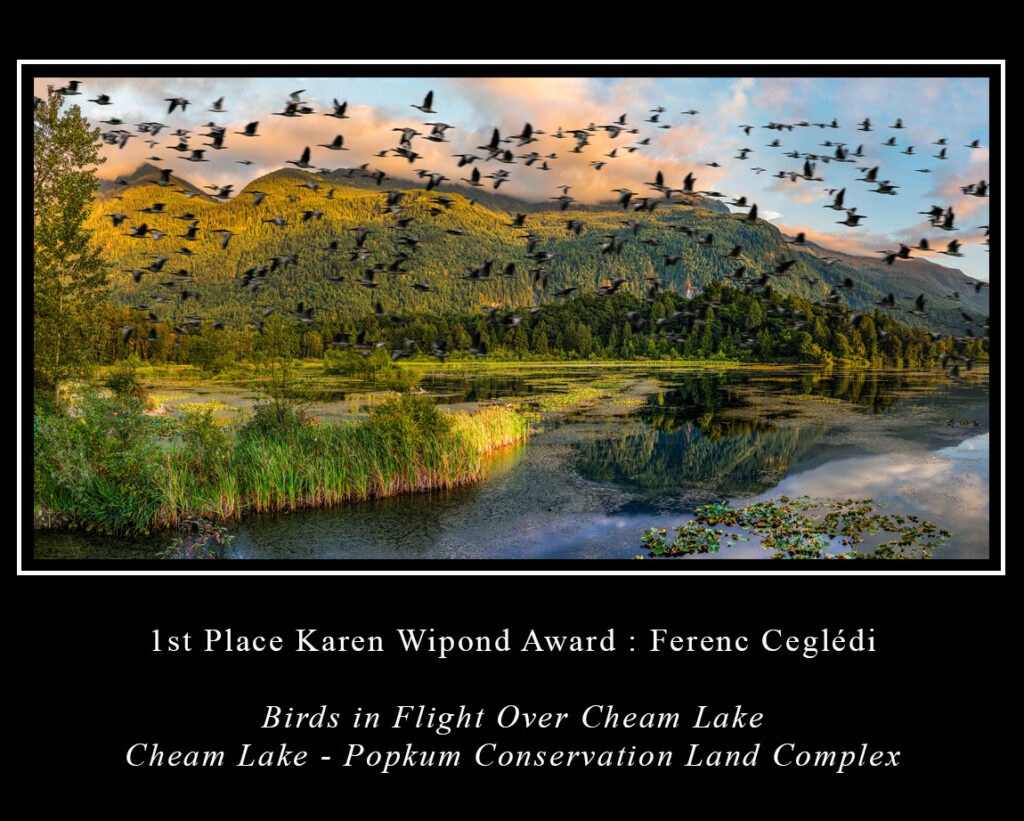
2nd Prize
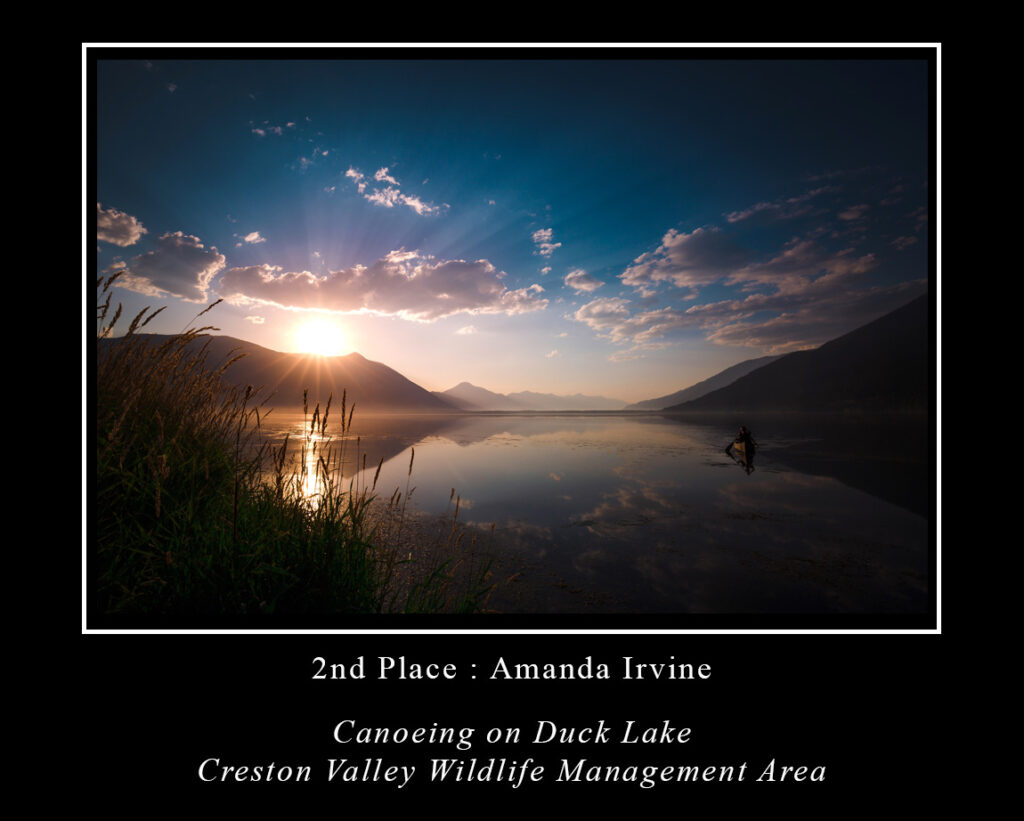
3rd Prize
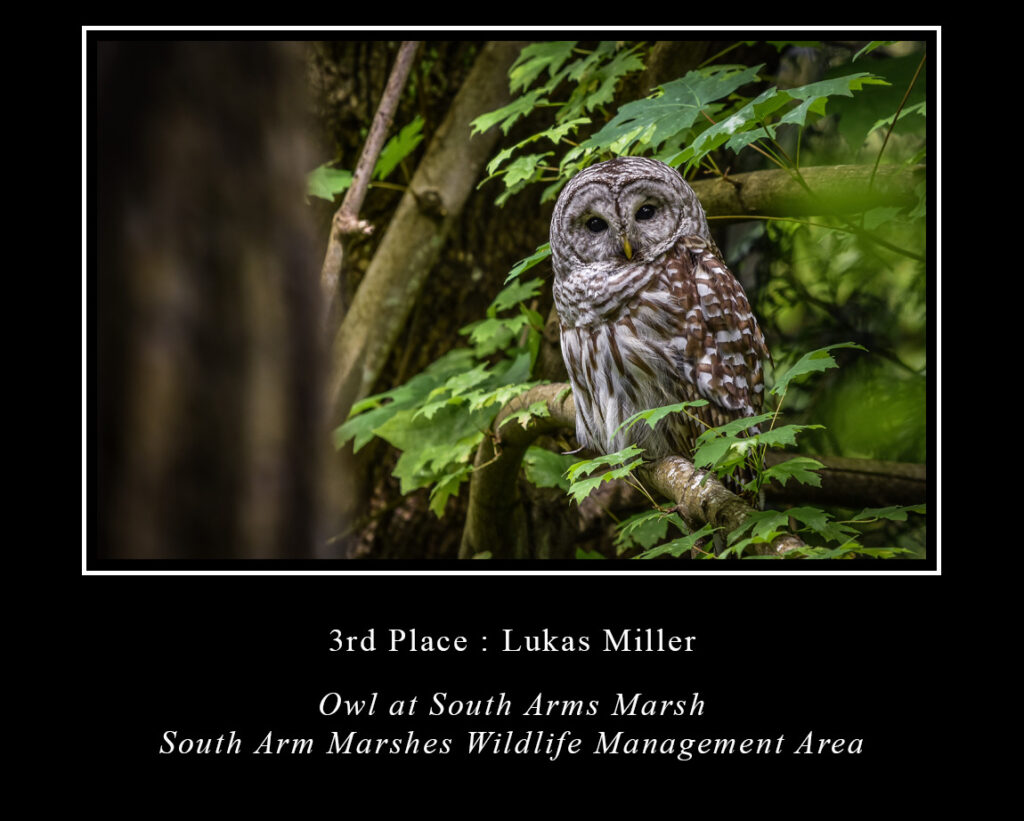
Honourable Mention
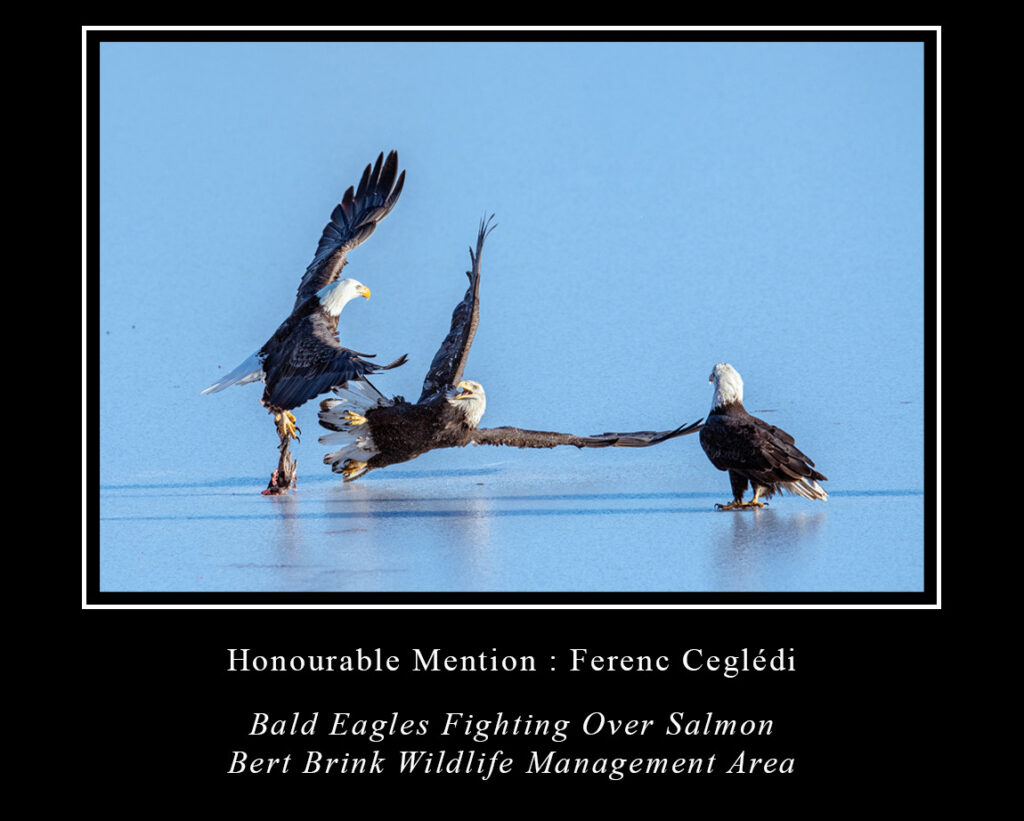
- 2019 Winners
In 2019 the HCTF photo contest was split into 3 separate photography categories; BC Wildlife or Freshwater Fish, BC Landscape, and People in Nature. We received hundreds of entries showcasing the province’s most spectacular fish and wildlife species, picturesque locations and British Columbians themselves connecting with nature right here at home.
Category: BC Wildlife and Freshwater Fish

Category: BC Landscapes
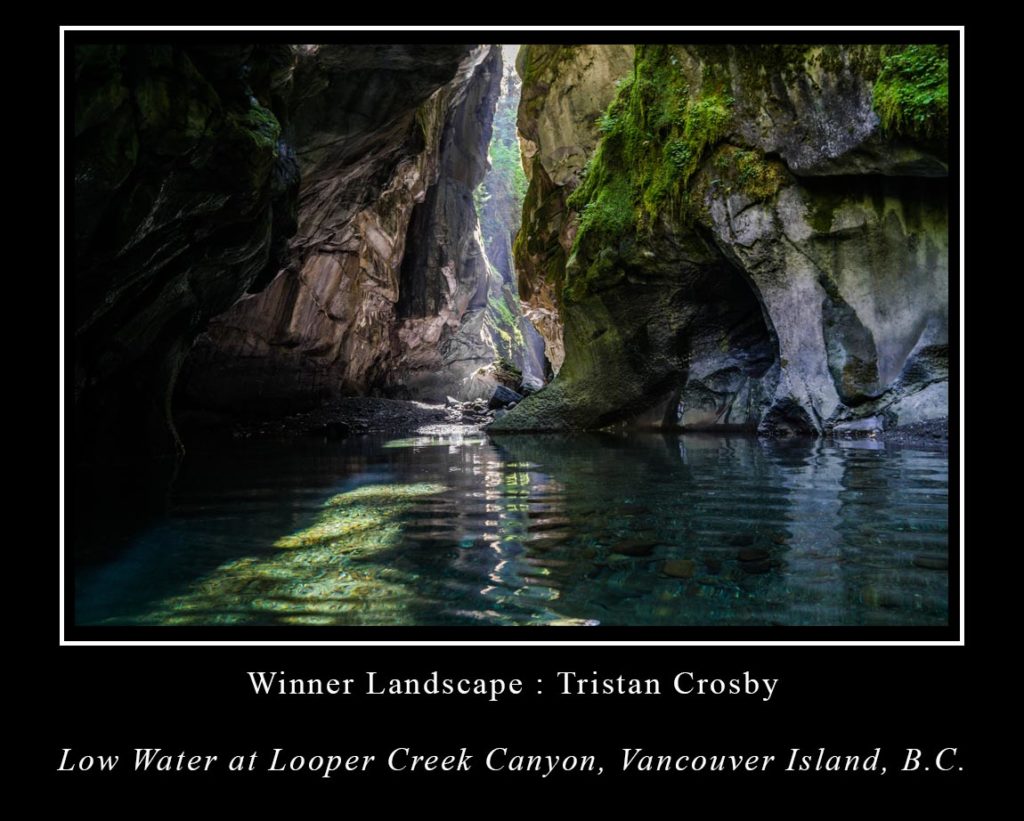
Category: People in Nature
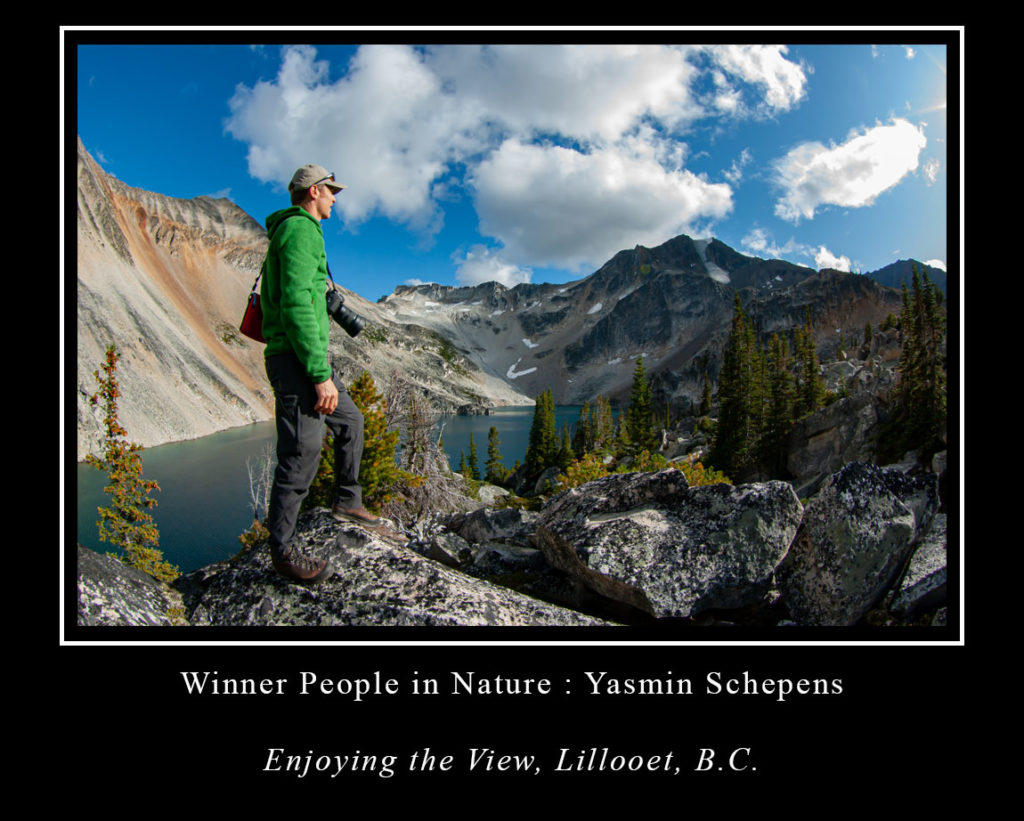
- 2017 Winners
In 2017 we received hundreds of entries showcasing BC’s fish, wildlife and habitats, but in the end, it was three incredible bird photos that swept the podium. Devon Yu‘s perfectly-timed photo of a pileated woodpecker feeding its chicks was chosen as the grand prize winner, and photos by Ben Nelms and Sheldon Bilsker were selected as the runners-up.
Grand Prize
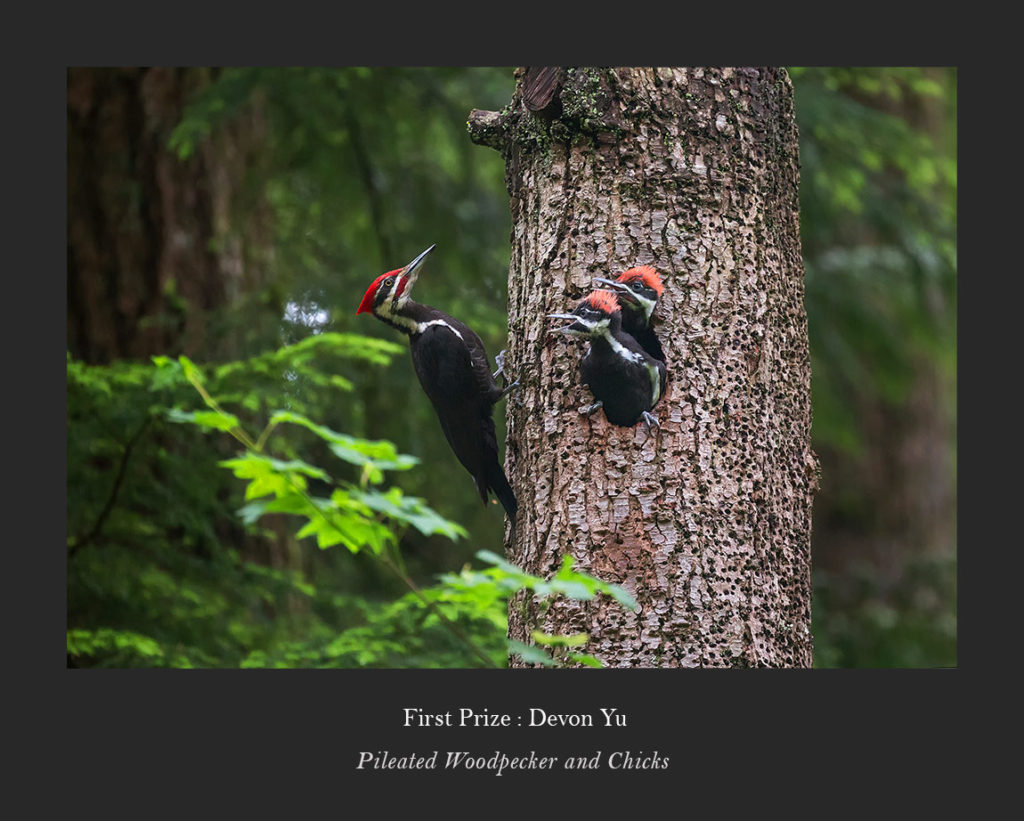
Runners-Up


- 2015 Winners
Grand Prize

Runners-Up
